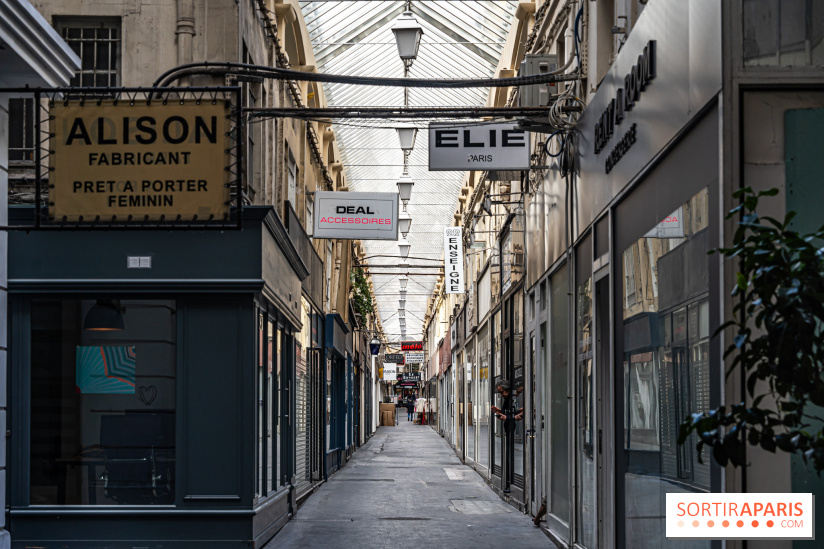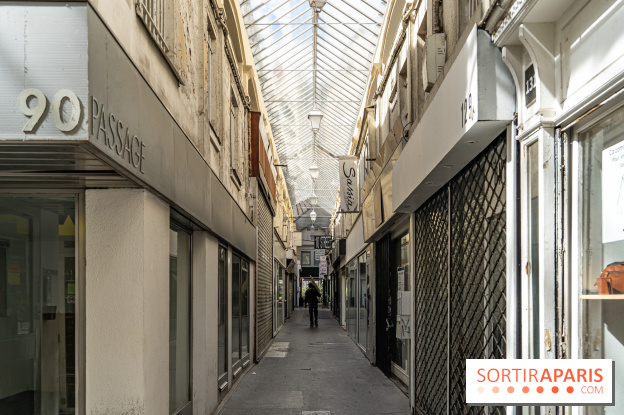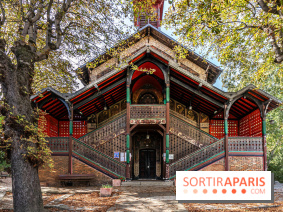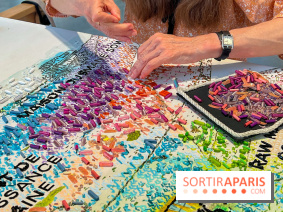Located in the popular rue Saint-Denis district, the Passage du Caire is one of the French capital's historic treasures. Inaugurated in 1798, it offers a unique panorama of late 18th-century Parisian architecture. Less ostentatious than its peers, it has retained a discretion that makes it a place steeped in history and curiosities.
This passageway, a forerunner of Parisian passages, was never intended to be extravagant. It was built with a simple, innovative objective for its time: to provide a covered walkway for residents. This concept, pioneered in the gardens of the Palais-Royal, made it possible to enjoy shopping sheltered from the elements.
The Passage du Caire never displayed the lavish decor of the Passage des Panoramas or the Galerie Vivienne. There are no mosaics on the floor, no bas-reliefs on the walls, no beautiful signs. It has always been a popular place, home to craftsmen and merchants, and offering protection from the vagaries of the weather.
Nestled in the heart of the French capital, the Passage du Caire, with its labyrinth of corridors, spreads its ramifications along three main axes - the Saint-Denis, Sainte-Foy and du Caire galleries. Narrow yet extensive, this 2.60-meter-wide passageway spans an impressive 370 meters, making it the longest covered passageway in Paris. It is also one of the oldest, inaugurated in late 1798, and boasts the distinction of being the first covered passageway built outside the galleries of the Palais Royal. Since the destruction of the Palais-Royal passages and the Galerie Feydeau, the Passage du Caire is in fact the oldest covered passageway in Paris.
Built on the former grounds of the Filles-Dieu convent, the Passage du Caire is the fruit of a major real estate operation to restructure the district, initiated after the nationalization of property in 1790 during the Revolution. The Caisse des Rentiers acquired the land at auction in 1797 to build a housing estate.
The imprint of history is tangible in the passage, from its industrial beginnings in printing to its contemporary role in the clothing industry. But the Passage du Caire is more than just architecture and industrial history; it's also a living echo of the Napoleonic era.
The building project was conceived in honor of Bonaparte's Egyptian Campaign from 1798 to 1801, which led to the naming of the newly created streets with Egyptian names, such as Rue du Caire, Rue d'Alexandrie, Rue du Nil and Rue d'Aboukir. The effervescence of Egyptomania in France at the time is embodied in the building at 2 place du Caire, whose façade is decorated with Egyptian motifs.
The identity of the architect responsible for 2 place du Caire, as well as that of the architect of the passage itself, remains a matter of debate. Some documents attribute authorship to Philippe-Laurent Prétrel, while others cite Jules-Gabriel Garraud or Garaud. Another possibility is that Gabriel-Joseph Garraud may have designed the façade around 1828.
Despite its rich history, the Passage du Caire ran into difficulties right from its inauguration. Initially envisaged as a modest place to attract unpretentious businesses, it struggled to find its audience. Around 1844, the Passage began to specialize in the printing and cardboard industry, and this trend was consolidated under the Second Empire.
In 1892, the Passage du Caire became a commercial center for the printing industry. Unfortunately, the sales counters struggled to survive, and the passage was even threatened with destruction. However, Napoleon III's abolition of the obligation to stamp bills of exchange enabled the passage to reinvent itself and avoid demolition.
Today, the Passage du Caire is mainly occupied by women's ready-to-wear wholesalers and supply stores. Although far from being a popular tourist attraction, the Passage remains a fascinating place for its history, unique ambience and role in the Sentier district. The Passage du Caire bears witness to the transformations of Paris and continues to bring history to the heart of the metropolis.
So, let's sum up the Passage's history:
To discover the Passage du Caire is to take a journey through the history and architecture of Paris, to the heart of a bygone era that is still with us today.



























